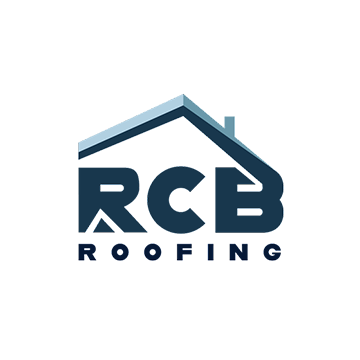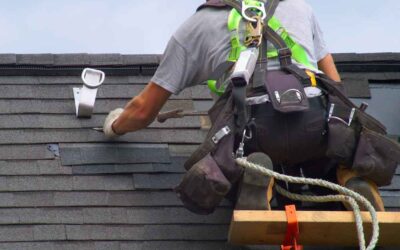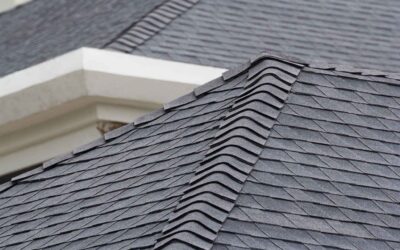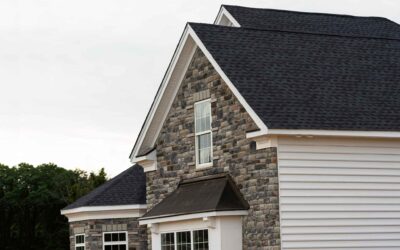Understanding the Basics of Commercial Roofing
Low-slope roofs play a big role in protecting commercial buildings. These roofs, commonly found on warehouses, offices, and retail spaces, offer unique advantages and challenges. Let’s explore some key facts about low-slope commercial roofing that every building owner and manager should know.
What Defines a Low-Slope Roof?
Low-slope roofs have a pitch of 3:12 or less, meaning they rise 3 inches or less for every 12 horizontal inches. This design allows for efficient use of space and easier maintenance compared to steep-slope alternatives.
Types of Low-Slope Commercial Roofs
One of the most important facts about low-slope commercial roofing is the variety of materials available. Each type comes with its own set of benefits and considerations:
Built-Up Roofing (BUR)
Built-Up Roofing, or BUR, is a time-tested solution that has been protecting buildings for over a century. It consists of alternating layers of bitumen and reinforcing fabric, creating a tough, waterproof surface. BUR roofs are known for their durability and can last up to 30 years with proper maintenance.
Modified Bitumen
This system combines BUR’s tried-and-true methods with modern polymer-modified bitumen layers. Modified bitumen roofs offer excellent flexibility and strength, making them resistant to tears and punctures.
Single-Ply Membranes
Single-ply membranes have gained popularity in recent decades due to their ease of installation and energy efficiency. The two main types of low-slope commercial roofs in this category are:
- Thermoplastic Olefin (TPO): TPO roofs are known for their excellent reflectivity, helping to reduce cooling costs in warmer climates.
- Ethylene Propylene Diene Monomer (EPDM): EPDM roofs are highly durable and resistant to UV radiation, making them a long-lasting option for many commercial buildings.
Spray Polyurethane Foam (SPF)
SPF roofing is a modern solution that offers exceptional insulation properties. It’s sprayed on as a liquid and expands into a foam, creating a seamless, waterproof barrier.
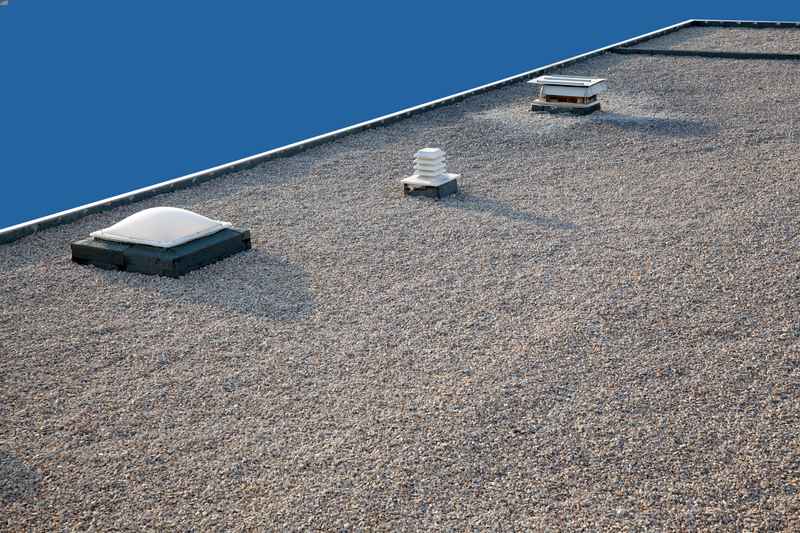
Key Considerations for Low-Slope Commercial Roofing
Energy Efficiency
One of the lesser-known facts about low-slope commercial roofing is its potential for energy savings. Many low-slope roofing materials, particularly light-colored or “cool” roofs, can significantly reduce a building’s cooling costs by reflecting sunlight and heat.
Drainage is Critical
Proper drainage is vital for low-slope roofs. Water can pool on the roof surface without adequate slope and drainage systems, leading to leaks and structural damage. Regular inspections and maintenance of drainage systems are essential.
Regular Maintenance is Key
Low-slope roofs require regular maintenance to perform optimally. This includes routine inspections, clearing debris, and promptly addressing minor repairs. A well-maintained roof can often outlast its expected lifespan.
Weight Considerations
Different roofing materials have varying weights, which can impact the building’s structural requirements. It’s important to choose a roofing system that’s compatible with the building’s load-bearing capacity.
Innovative Trends in Low-Slope Commercial Roofing
Green Roofs
Green roofs, which involve growing vegetation on the roof surface, are gaining popularity in urban areas. They provide excellent insulation, reduce stormwater runoff, and can turn unused roof space into attractive green areas.
Solar Integration
Many low-slope roofs are ideal for solar panel installation. This allows businesses to generate their own clean energy, reducing operating costs and environmental impact.
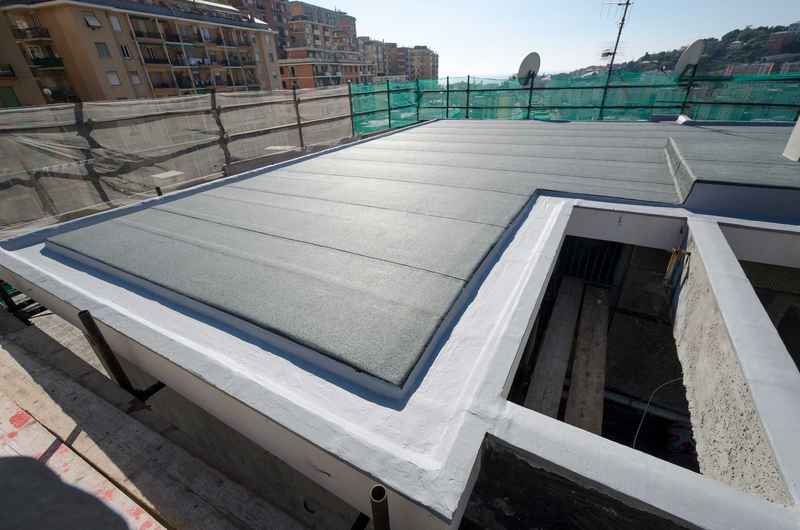
Choosing the Right Roofing System
Selecting the appropriate roofing system depends on various factors, including:
- Climate conditions
- Building use
- Budget constraints
- Energy efficiency goals
- Local building codes
It’s important to work with a knowledgeable roofing contractor who can explain these considerations and help you choose the best solution for your specific needs.
The Bottom Line
Understanding these facts about low-slope commercial roofing is crucial for making informed decisions about your building’s protection. From the various types of low-slope commercial roofs available to the importance of proper maintenance, each aspect plays a role in the long-term performance of your roofing system.
At RCB Roofing, we bring years of experience and expertise to every commercial roofing project. We’re committed to helping our clients navigate the complexities of low-slope roofing, ensuring they receive a durable, efficient, and cost-effective solution tailored to their specific needs.
Remember, your roof is more than just a cover for your building – it’s an investment in your property’s future. By choosing the right low-slope commercial roofing system and maintaining it properly, you can protect your investment and enhance your building’s performance. Contact us today!
